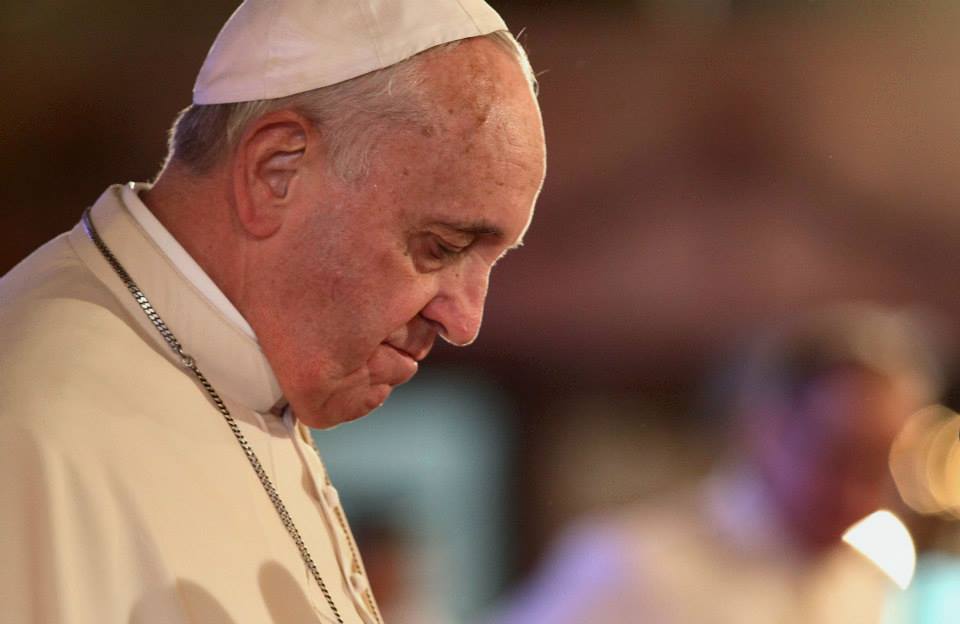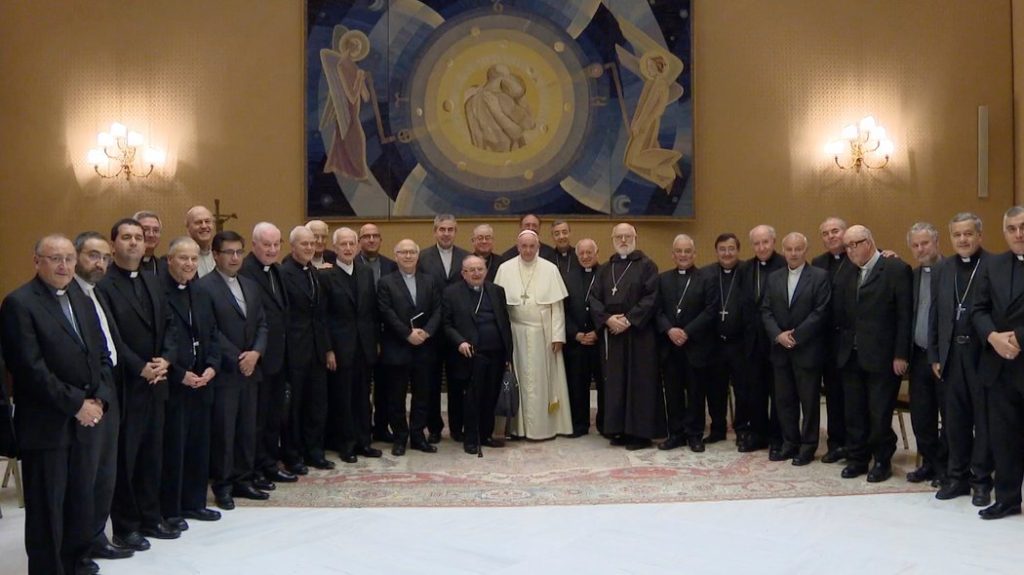Sexual Abuse in the Catholic Church: Too Many Words and Too Little Action

From time immemorial, priests have occupied a position of privilege and even reverence in Western societies. While this tendency has diminished progressively with the passage of time, in the case of the Catholic Church, those upon whom the weight of priesthood rests are still believed to act in persona Christi (that is, “in the person of Christ”). On May 18th, the unprecedented resignation of Chile’s 34 Roman Catholic bishops on the grounds of mishandling a long-standing legacy of the sexual abuse of minors served to refocus the international community’s attention on an extensively debated, yet hardly deterred practice that has damaged the reputation of one of the preeminent religious institutions of the world. According to Gerard O’Connell, a journalist with ample experience covering Vatican news, the fact that these bishops have decided to quit suggests that they have finally realized that Pope Francis is determined to address these issues in a “decisive and clear way”. Beyond any doubt, this is the worst crisis facing the Catholic Church in Chile. However, the truth is, while the response has been generally positive, if the Pope does not put his promises and observations into practice the problem will remain unsolved and it will all end in rhetoric.

The relevance of the Chilean clergy’s mass resignation is twofold: on the one hand, according to journalist Elisabetta Povoledo, it constitutes “the first of its kind”; on the other, it sheds light on a phenomenon that is perhaps more worrisome than the abuse itself: cover-up. In the volatile public arena of the 21st century, where initiatives like the ‘Me Too’ movement are at the forefront of Western societies, sexual abuse by the clergy immediately gains exposure. The relevance to the movement is worth acknowledging, even if this kind of abuse has been well established in the public consciousness. On April 11th, Pope Francis made a series of serious accusations against the Chilean clerical hierarchy, including failure to inquire into the background of complaints, allowing the destruction of evidence, and covering up cases of sexual abuse by relocating priests from one parish to another. In addition, he said this situation made him feel particularly “perplexed and ashamed”. Consequently, the Vatican hired two investigators who interviewed 64 individuals and then wrote an incriminatory report of roughly 2,300 pages. The chief purpose of the document was to explore sexual abuse perpetrated by the Chilean clergy, as well as attempts to cover up such behaviour. In light of the complexity of the crisis, the Pope decided to meet with the bishops for three days in Rome.
Nevertheless, it was the Pope’s public defence of Juan Barros Madrid —a bishop who was widely criticized for denying the long trajectory of sexual abuse perpetrated by Chilean priest Fernando Karadima– that propelled the air of instability in the first place. Instead of reassuring the Chilean people that the Church would implement measures against pedophilia and abuse, Pope Francis left both his followers and his detractors in a sort of limbo. When confronted by the press, he was adamant that he would talk the day someone brought him proof against Bishop Barros. “But there is not one single piece of evidence. It is all slander,” he added. In fact, despite the Bishop’s claims both the civil and the ecclesiastical justice system have attributed numerous instances of depredatory behaviour in the 80s and 90s to Rev. Karadima.
In the view of Benito Baranda, a psychologist and the coordinator of the pope’s tour in Chile, the Church “never believed Karadima’s victims from the start”; furthermore, Baranda even drew a parallel between the victims of the bishop’s denial and “when children say they suffer abuse but no one believes them because they are children.” Therefore, it is not surprising that Bishop Barros’ presence in the Pope’s activities during his visit to Chile in January (a country where the number of Catholics has decreased from 73% in 2007 to 45% in 2017) caused a great deal of discomfort and outrage in the Chilean people. In effect, the issue is how to keep faith in an institution whose representatives so blatantly play havoc with the very values they profess to defend. While the leaders of the Catholic Church have not been behind these repulsive cases of canonical misconduct, the fact that they have covered them up for decades seems indicative of a deeply ingrained pathology.

The truth is that child sex-abuse has long been part of the history of the Catholic Church. Yet, it was only in the late 1980s that tabloids and newspapers started paying some attention to imputations against church members. Contrary to common belief, priests are not the only perpetrators: abusers include nuns and other minor members of religious congregations, and victims are both male and female. As with all instances of crime, the cases we know are perennially shadowed by those we ignore. From the pedophile Father Kit Cunningham in Tanzania to the sexual assaults of Luis Fernando Figari in the Sodalitium, exposure has shed light on the level of canonical corruption some in the church have reached. But it is not enough. According to members of academia who are well versed in Roman Catholic Church affairs, there is a tendency in Third World countries to avoid discussing sexual abuse by the clergy. Arguably, this is due to the rigid hierarchical structure of the institution, the so-called “psychological health” of church members, and the generalized lack of preparation of the local media, justice systems, and public cultures to engage in a serious and constructive debate. Pope Francis has already condoned these inadmissible practices; however, we are still awaiting concrete measures to safeguard the wellbeing of our children.
Edited by John Weston
